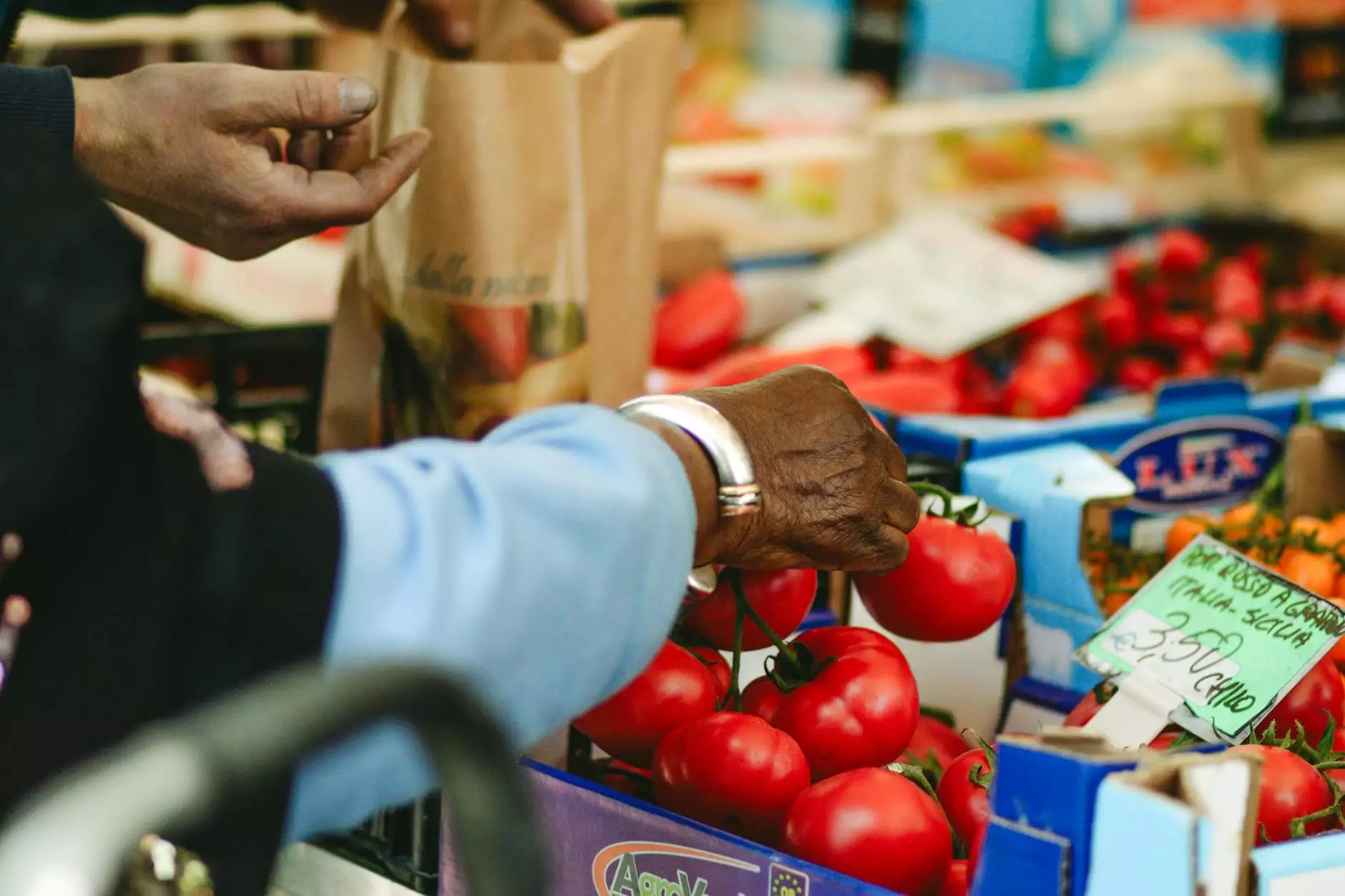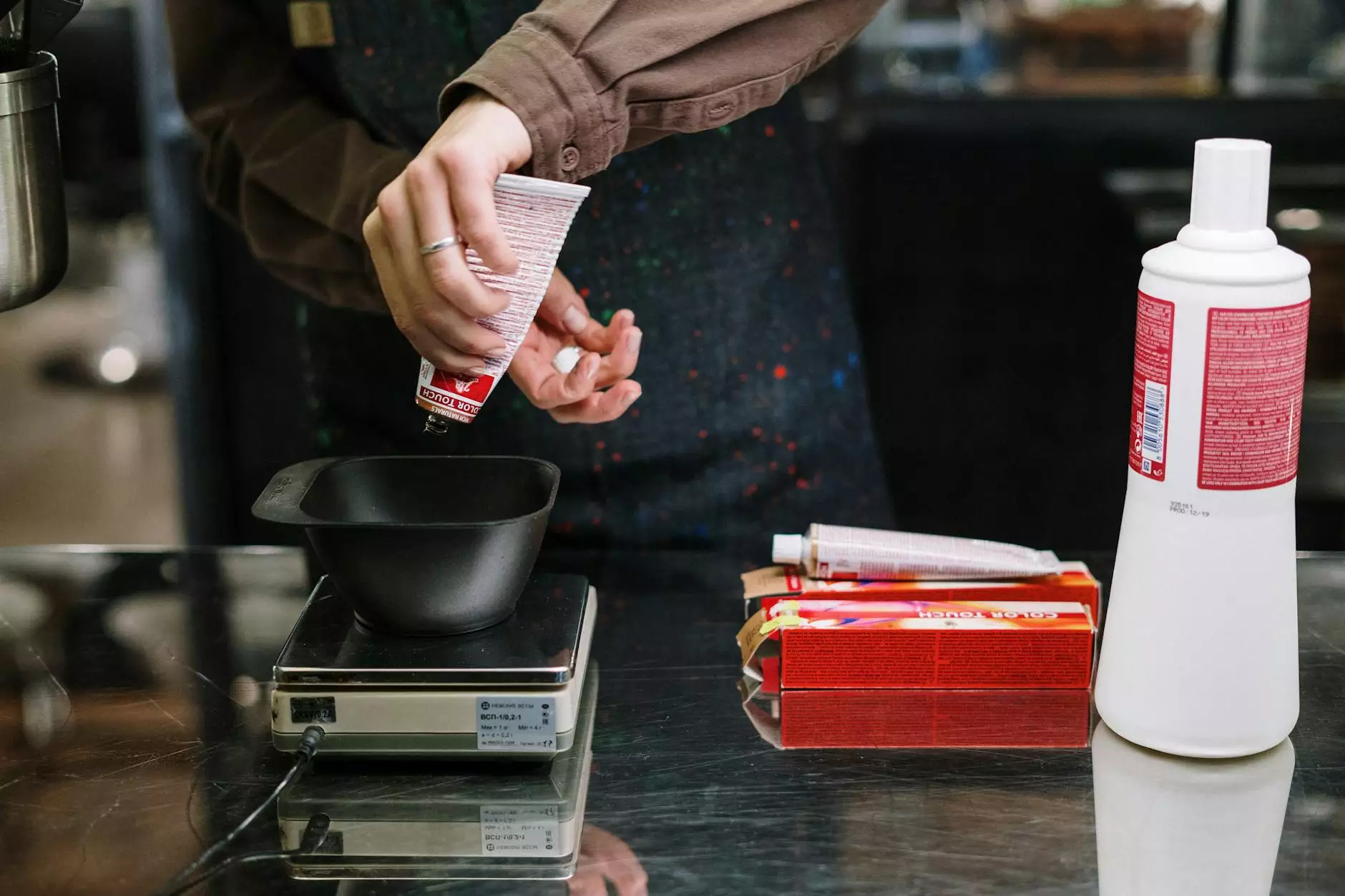Growing Pumpkins in the UK: A Comprehensive Guide

Pumpkins are a delightful addition to any garden, offering vibrant orange hues, nutritional benefits, and the chance to engage in a rewarding gardening experience, especially in the UK. Whether you are a novice gardener or a seasoned horticulturist, this guide is designed to provide in-depth knowledge and insights on how to cultivate pumpkins effectively in the UK’s unique climate.
Understanding the Pumpkin: A Brief Overview
Pumpkins belong to the Cucurbita pepo species, and they are not only fun decorations during the fall but also a delicious ingredient in numerous recipes. Their versatile nature makes them a favorite among gardeners and chefs alike. Additionally, pumpkins are known for their robust growth and impressive yields, making them an excellent choice for UK gardeners.
Choosing the Right Pumpkin Variety
When it comes to selecting the perfect pumpkin, there are several varieties available, each with its unique characteristics. Here are some popular types of pumpkins suitable for UK gardens:
- Jack O'Lantern: Ideal for carving; not the best for eating but excellent for Halloween decorations.
- Sugar Pumpkin: A smaller variety perfect for pies and other desserts due to its sweet flavor.
- Giant Pumpkin: For those looking to grow massive pumpkins—often used in competitions!
- White Pumpkin: A trendy choice for unique decor; less commonly used for cooking.
- Pie Pumpkin: A larger, sweeter variety specifically bred for baking and cooking.
Preparing Your Garden for Pumpkin Planting
Before planting your pumpkin seeds, it’s essential to prepare your garden to ensure optimal growth.
Soil Requirements
Pumpkins thrive best in well-drained, nutrient-rich soil with a pH level between 6.0 and 6.8. Here’s how to prepare your soil:
- Test Your Soil: Use a soil testing kit to check pH and nutrient levels.
- Amend as Necessary: Incorporate compost or well-rotted manure to enhance soil fertility.
- Till the Ground: Break up the soil to a depth of at least 12 inches (30 cm) to encourage root growth.
Choosing the Right Location
Select a location in your garden that receives full sunlight for at least 6 hours a day. Additionally, ensure there’s ample space as pumpkin plants can spread out significantly. A sunny, sheltered spot is ideal.
When to Plant Pumpkins in the UK
The best time to plant pumpkins in the UK is typically from late April to early June, after the last frost. Monitoring local frost dates is crucial to avoid any damage to your seedlings. For faster results, consider starting seeds indoors in biodegradable pots and transplanting them once the weather warms.
Planting Techniques for Successful Growth
Once it’s time to plant, follow these steps for optimal results:
- Seed Depth: Plant pumpkin seeds about 1 inch (2.5 cm) deep.
- Spacing: Space seeds or seedlings 3-4 feet (0.9-1.2 meters) apart, as pumpkin plants require room to spread.
- Watering: Water the seeds thoroughly after planting. Aim to keep the soil consistently moist but not soggy.
Care and Maintenance of Pumpkin Plants
To maximize your pumpkin yield, regular care and maintenance are essential. Here are key aspects to focus on:
Watering Your Pumpkins
Pumpkins need a lot of water, especially during their fruiting stage. Here’s how to manage watering:
- Consistency is Key: Water deeply once a week or more frequently during hot weather.
- Mulching: Apply a layer of mulch to retain moisture and regulate soil temperature.
Fertilizing Your Pumpkins
Fertilizing is vital to support the plant’s growth and fruit development. Follow these tips:
- Pre-Plant Fertilizer: Use a balanced fertilizer before planting to provide necessary nutrients.
- During Growth: Side-dress with a high-phosphorous fertilizer once the plants begin to vine.
Pest and Disease Management
Keeping an eye out for pests and diseases will help protect your crops:
- Aphids: Utilize insecticidal soap or introduce beneficial insects like ladybugs.
- Powdery Mildew: Prevent disease by ensuring good air circulation and using resistant pumpkin varieties.
- Squash Bugs: Handpick and remove any visible bugs, especially in the early morning.
Harvesting Pumpkins
Knowing when to harvest is crucial for ensuring your pumpkins are at their best:
- Color: Pumpkins should have a rich, deep color—typically a bright orange.
- Stem Condition: The stem should be hard and dry, indicating the pumpkin is fully matured.
- Sound Test: A ripe pumpkin will produce a hollow sound when thumped.
Storing Pumpkins for Maximum Freshness
Once harvested, proper storage techniques will ensure your pumpkins last longer:
- Cool, Dry Place: Store pumpkins in a well-ventilated area away from direct sunlight.
- Maintain Temperature: Ideal storage temperatures range between 50°F and 55°F (10°C to 13°C).
- Avoid Moisture: Keep them dry to prevent mold growth.
Creative Ways to Use Pumpkins After Harvest
After your successful pumpkin harvest, you can enjoy them in various ways:
- Cooking: Use fresh pumpkin in soups, pies, and baked goods.
- Seeds: Roast pumpkin seeds for a nutritious snack!
- Decorations: Carve or paint pumpkins for an artistic display.
- Compost: Any leftover pumpkin parts can enrich your compost pile, nourishing future garden soil.
Conclusion
Growing pumpkins in the UK is a fulfilling and enjoyable endeavor for all gardening enthusiasts. By following the detailed steps outlined in this guide, from selecting the right variety to harvesting and utilizing your pumpkins, anyone can successfully cultivate these wonderful plants. Embrace the challenge, enjoy the process, and revel in the beauty of your homegrown pumpkins!
pumpkin uk








